Supporting our work with arborists, GreenBlue were proud to sponsor this year’s Arb Association Conference “Soils & Trees” held on the stunning campus of the University of Exeter in Devon County, UK.
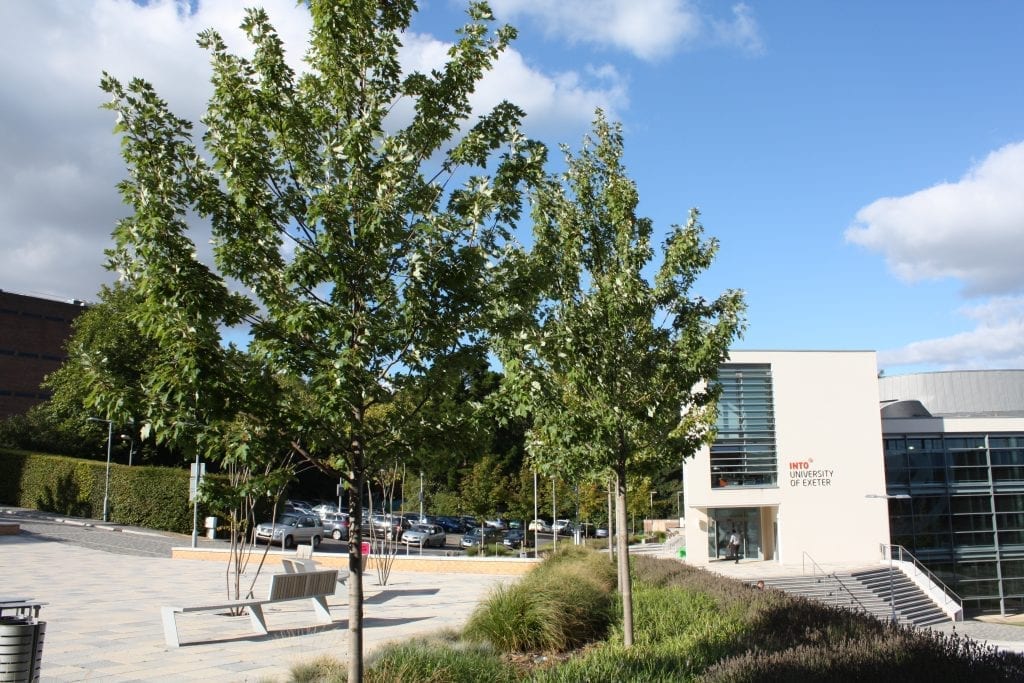
GreenBlue Urban has always advocated the value of the right soil specification for our ArborSystem and ArborFlow SUDs / LID tree pits. Indeed, our whole protocol is to ensure that the soil under paved surface around trees is not compromised through excessive compaction. At this conference, we heard a variety of approaches addressing the key subtopics of: Natural Environment, Landscape, Engineered Solutions, Collaboration and The Way Forward.

Delegates were given an insight into the implications of pollution and nitrogen on mycorrhizas from Dr Martin Bitardtando and the final presentation of day one, given by Richard Smith from the Environment Agency, highlighted that critical relationship between soil compaction and water management. The more we are compacting our soils, the less able we are to mitigate against flood risk in both rural and urban settings.
Day two focused on species selection, soil specification and engineered systems. Dr Andy Hirons, Simon Toomer and Professor Andreas Roloff, provided their own unique perspectives on species selection for the built environment.
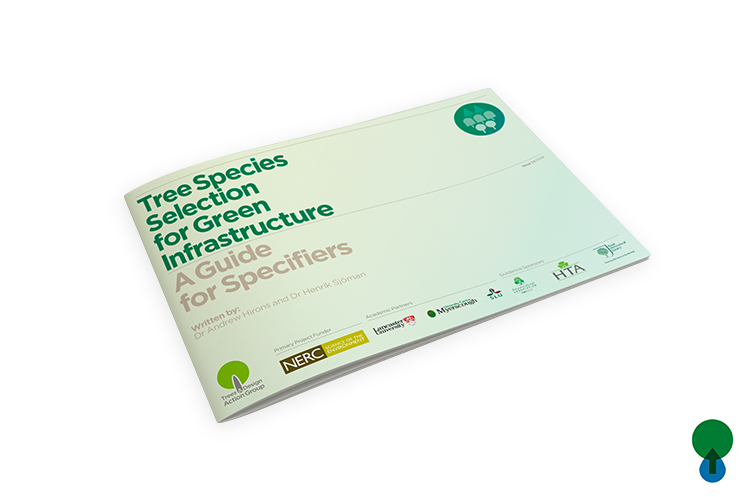
Working with historic cities in the UK and abroad, it was fascinating to hear from Simon on the relationship between species selection and the ‘sense of place,’ particular to our historic cityscapes. Having experienced working with Bruges for our WRC Interreg European project, we are acutely aware of the need to marry intelligent species selection with the correct root directors, barriers and support systems to ensure that design and vision is not limited in these unique and historic settings.
It was of course, excellent to have an overview from Tim O’Hare with whom we have worked on several occasions. Both Tim O’ Hare associates and GreenBlue Urban were privileged to be involved in the development of the Olympic Park.
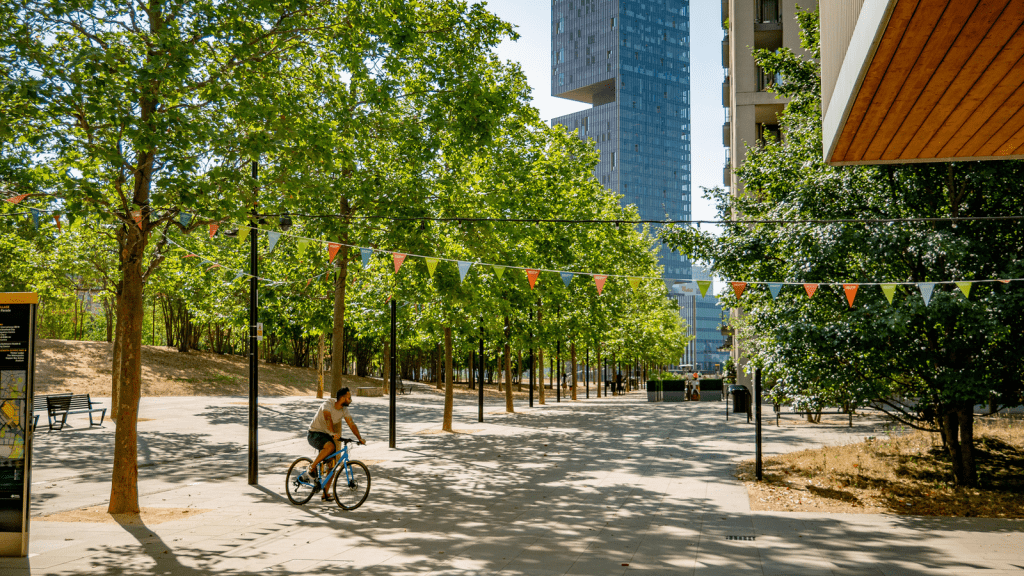
In the afternoon, we heard about below ground engineered systems – a topic directly pertinent to us. Keith Sacre from Barchams began the proceedings with a presentation developed in conjunction with Anne Jalzulot and Sue James. It was heartening to see Keith utilise examples of well-established schemes delivered by GreenBlue and we wholeheartedly support his message that following specification and installation correctly is critical to the long-term success of the tree.

Nelda Matheny’s presentation, highlighting the challenges and complexities of determining the cause of tree failure when several premixed soils are used on a development site, was resonant. She made no apologies for the fact that structural soils do not provide the solution to long term tree health. Her evidence base was robust, and she explained that research on the structural soils is still being used in certain countries whose climate, water tables and projected shifts in temperature due to climate change, is outdated and incorrectly applied. We couldn’t agree more.
Bjorn Embren was then afforded the opportunity to present his latest iteration of the Stockholm mix. Again, this structural soil solution is of limited and highly localised application. Whilst it is undoubtedly the case that Bjorn’s focus on porosity is crucial, it is not clear that this latest iteration will be able to deliver on its promise. He provided some images of installations in highways schemes, but it was obvious that for high-quality SUDs and transport infrastructure schemes that can withstand the test of time, an engineered solution would be most appropriate.
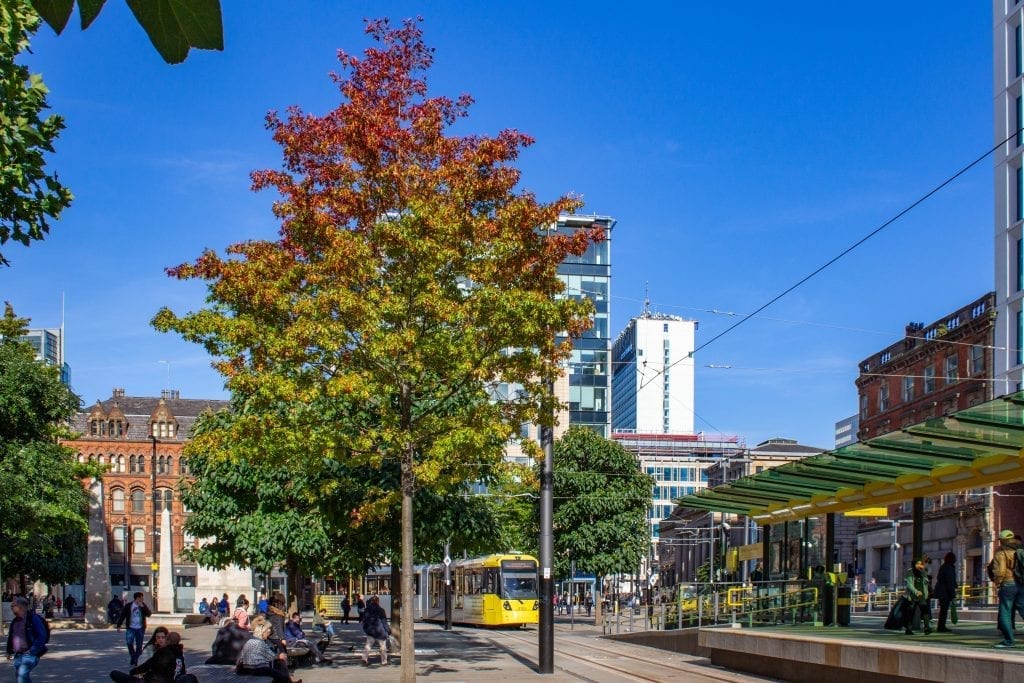
For more on this topic please see our detailed publication: Structural Soil vs Soil Cells.
Wendy Batenburg presented the Amsterdam perspective, again using specifically local case studies to make the claim that structural soils have a load bearing capacity for infrastructure projects. Wendy herself highlighted the plethora of risk factors associated with the use and installation of schemes using the Amsterdam structural soil mix. Too wet and you can’t compact it she says. Therein lies the problem… good soil shouldn’t be compacted. She admitted that for years, the results of using this method in the Netherlands has been disappointing. We would concur. Whilst people might think structural soils are easier to use and specify than engineered systems, this couldn’t be further from the truth.
On the final day there was a clear drive to plan for the future. Mark Roberts did well to remind us that over 60 per cent of the world’s population will be living in cities by 2030. There has never been a more important time to think about the forest in an ‘urban setting’ and how arboriculturalists are a critical part of a landscape led approach.
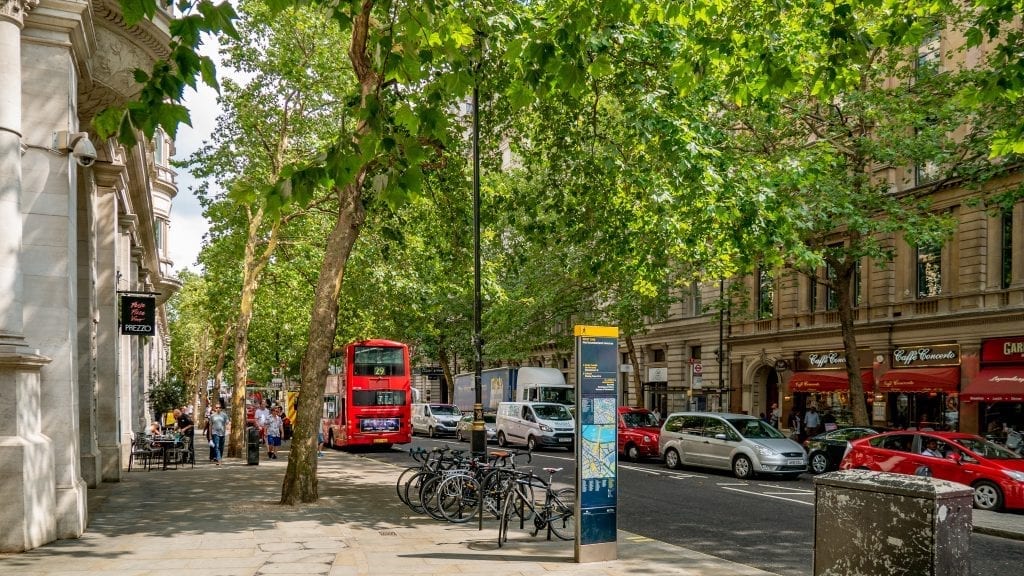
In order to assist with selection of the right species a broader range of insights into solutions for the hard landscape are needed; education is key quality soil has been showcased by our speakers – lets also consider compaction and root management in order for trees to thrive and reach their full potential.
Register for our next Webinar Root Management Systems today!

